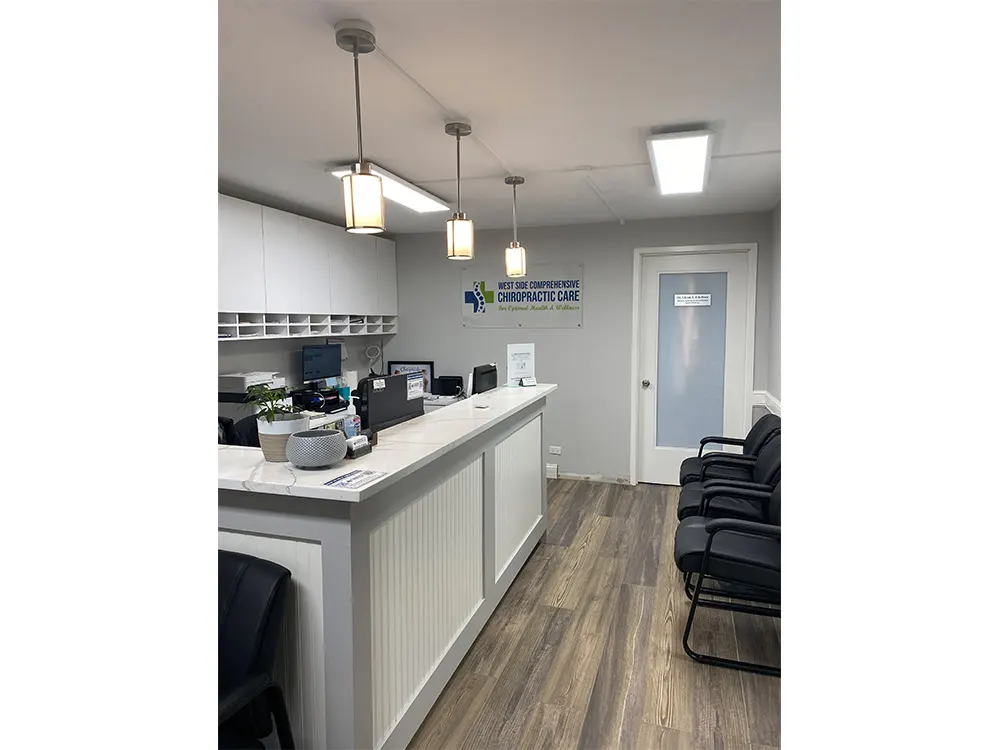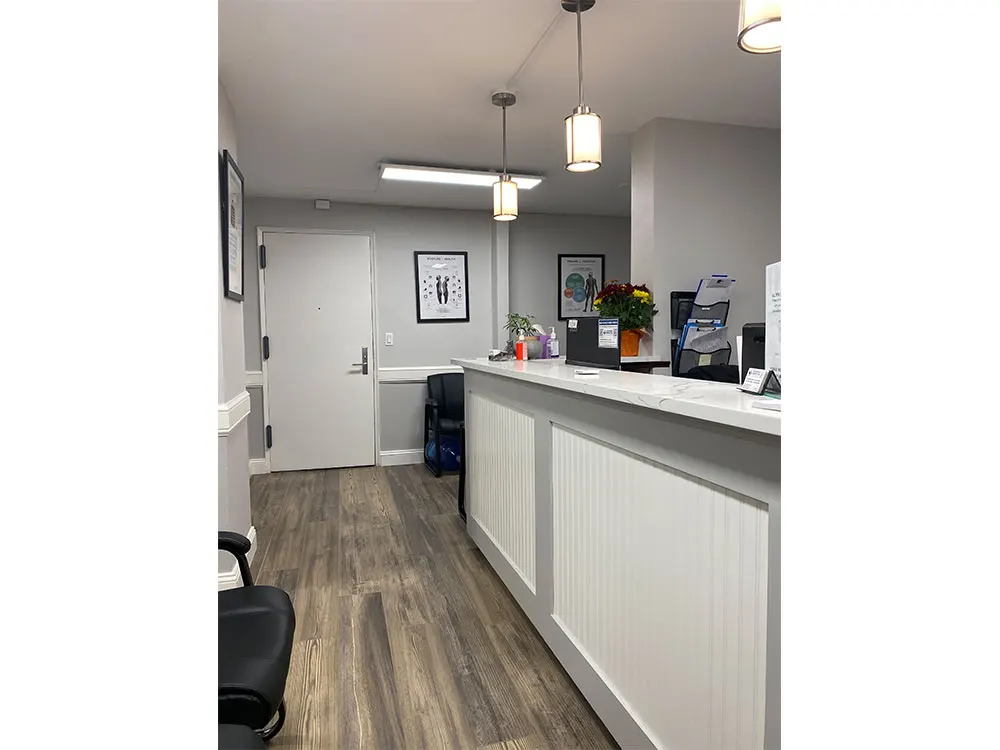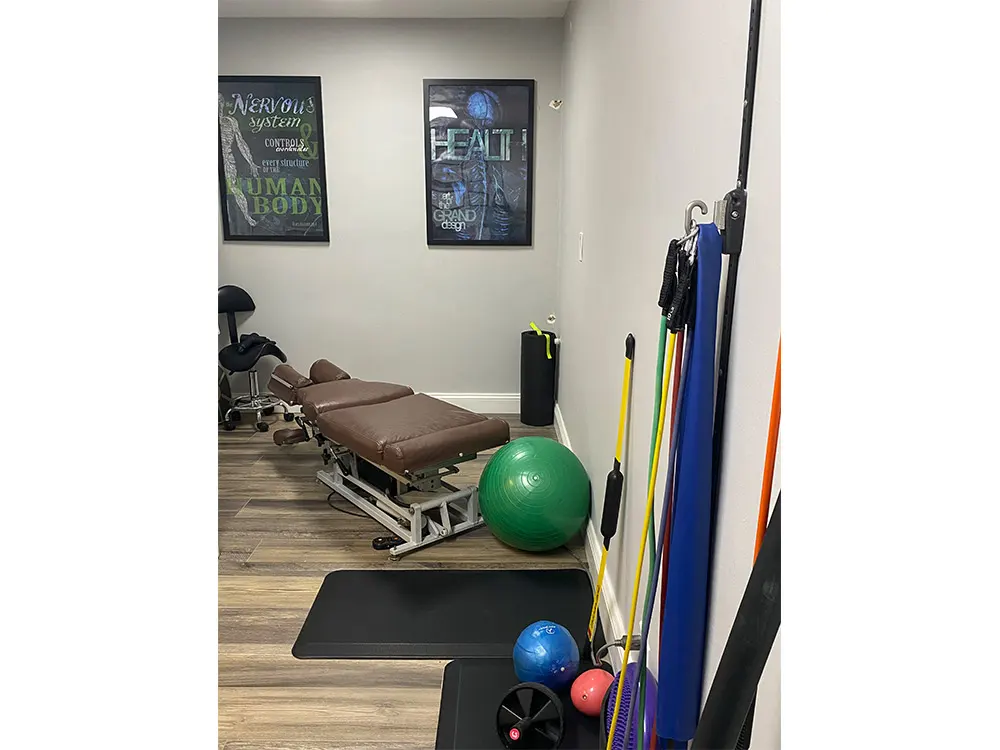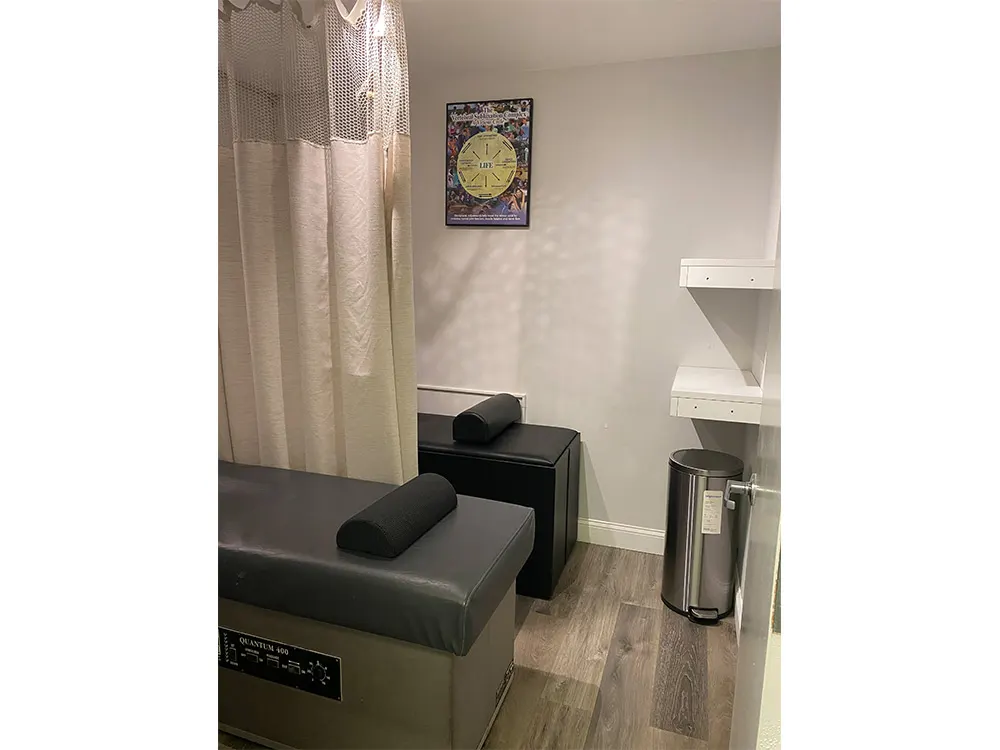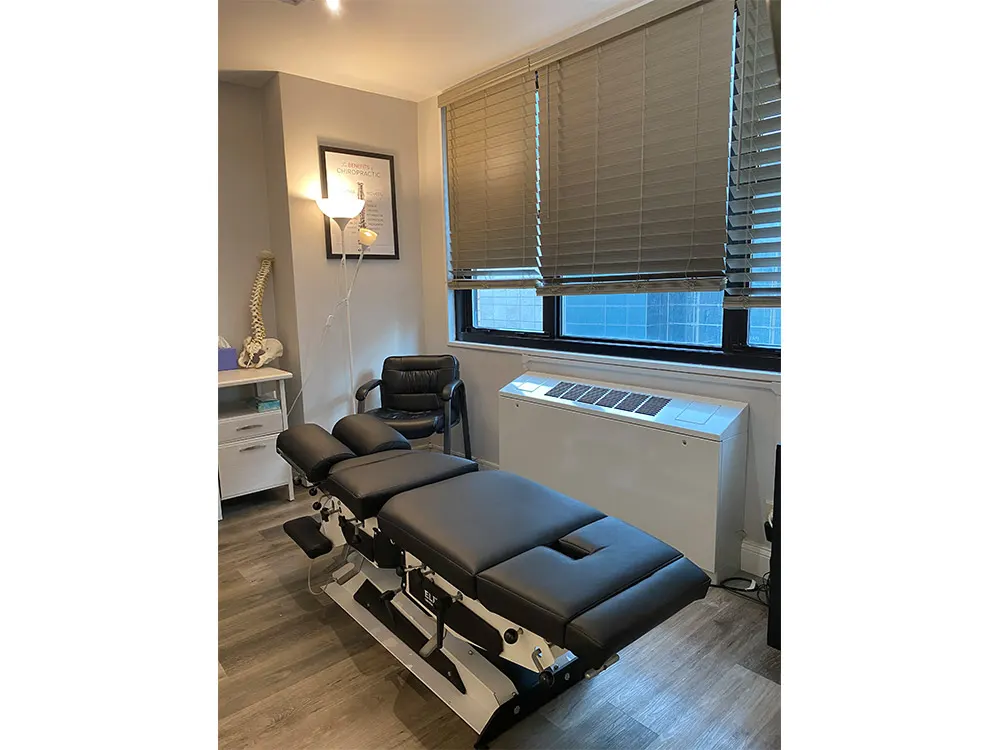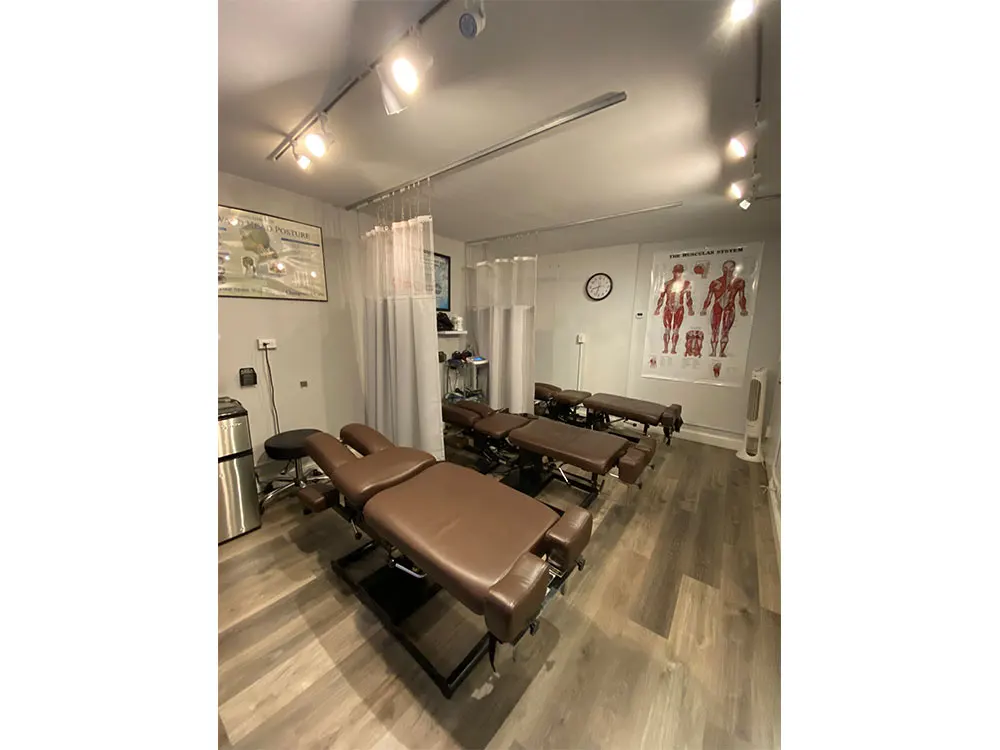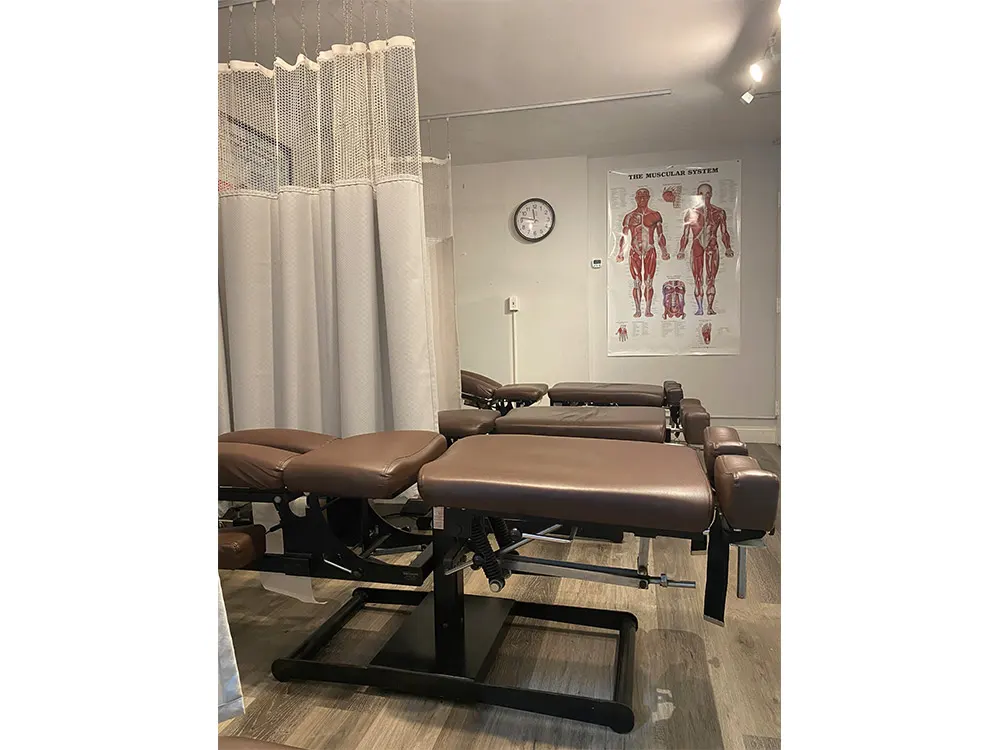What is Lower Crossed Syndrome
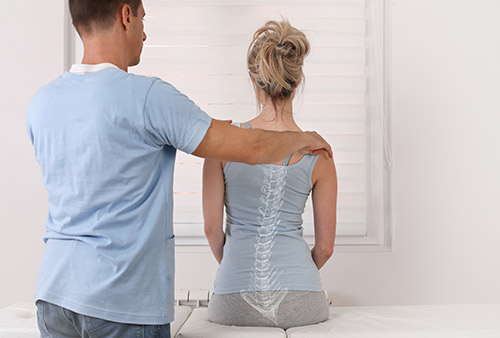
Lower Crossed Syndrome (LCS) is a common condition that affects the muscles and posture in the lower back and hips. It is characterized by tightness in certain muscles and weakness in others, leading to an imbalanced posture and increased risk of pain and injury. In this blog post, we'll explore what Lower Crossed Syndrome is and how it can be treated.
What is Lower Crossed Syndrome?
LCS is a condition that affects the muscles in the lower back, hips, and legs. It is caused by tightness in the hip flexors, hip rotators, and lumbar extensors and weakness in the glutes, hamstrings, and abdominal muscles. This leads to an imbalanced posture where the hips are tilted forward, the pelvis is rotated, and the lower back is hyper-extended.
Causes of Lower Crossed Syndrome
LCS is often caused by a combination of factors, including poor posture, sedentary lifestyle, and repetitive motions. Sitting for extended periods, such as in an office setting, can lead to tight hip flexors and weak glutes, which can contribute to LCS. Additionally, repetitive motions, such as running or cycling, can also contribute to the development of LCS.
Symptoms of Lower Crossed Syndrome
The symptoms of LCS can include lower back pain, hip pain, tightness in the hips and lower back, and difficulty standing up straight. People with LCS may also experience weakness in the glutes, hamstrings, and abdominal muscles.
Treatment of Lower Crossed Syndrome
The treatment of LCS involves correcting the imbalanced posture and strengthening the weak muscles. This can be achieved through physical therapy, spinal adjustment, and exercise. Stretching the tight hip flexors, hip rotators, and lumbar extensors, and strengthening the glutes, hamstrings, and abdominal muscles can help to improve posture and reduce the risk of pain and injury.
Prevention of Lower Crossed Syndrome
Preventing LCS involves maintaining good posture, engaging in regular exercise, and taking regular breaks from sitting. Practicing good posture, such as sitting up straight, can help to reduce the risk of LCS. Additionally, engaging in regular exercise, such as yoga, Pilates, or strength training, can help to strengthen the muscles and prevent LCS.
In conclusion, Lower Crossed Syndrome is a common condition that affects the muscles and posture in the lower back and hips. It is caused by tightness in certain muscles and weakness in others, leading to an imbalanced posture and increased risk of pain and injury. The treatment of LCS involves correcting the imbalanced posture and strengthening the weak muscles through physical therapy, chiropractic stretching, and exercise. To prevent LCS, it is essential to maintain good posture, engage in regular exercise, and take regular breaks from sitting.
To learn more on how to manage lower crossed syndrome, contact West Side Comprehensive Chiropractic Care.

